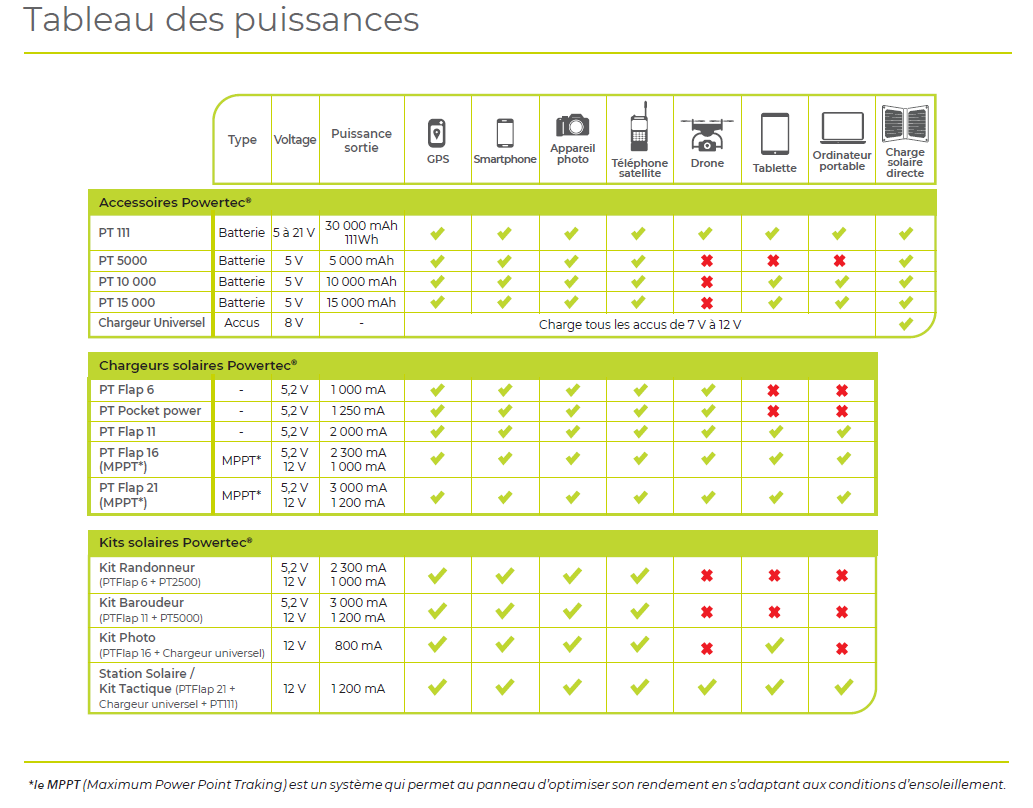Mini Cart
As the world shifts towards renewable energy, solar power has become a leading choice for homeowners seeking sustainable and cost-effective solutions. Among the many brands and options available, Powertec stands out with its innovative and high-performance solar panel systems. In this article, we will explore why Powertec solar panels are a top choice for home […]

